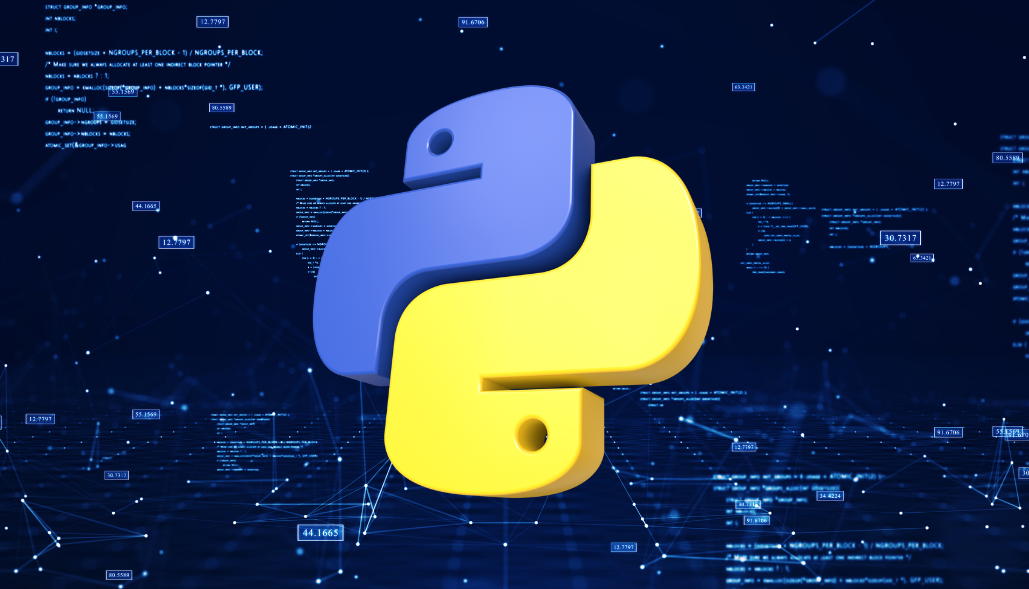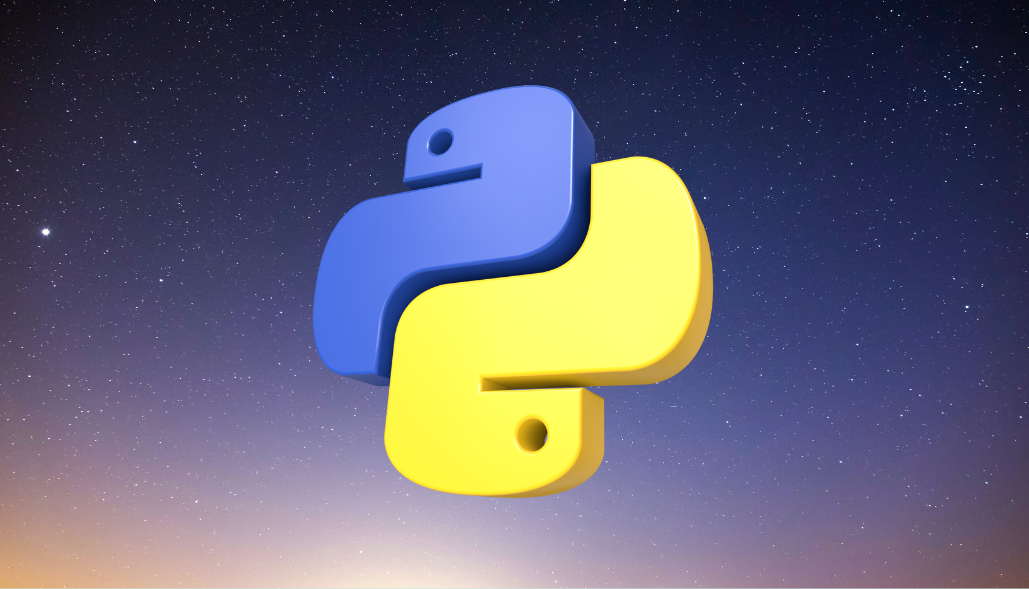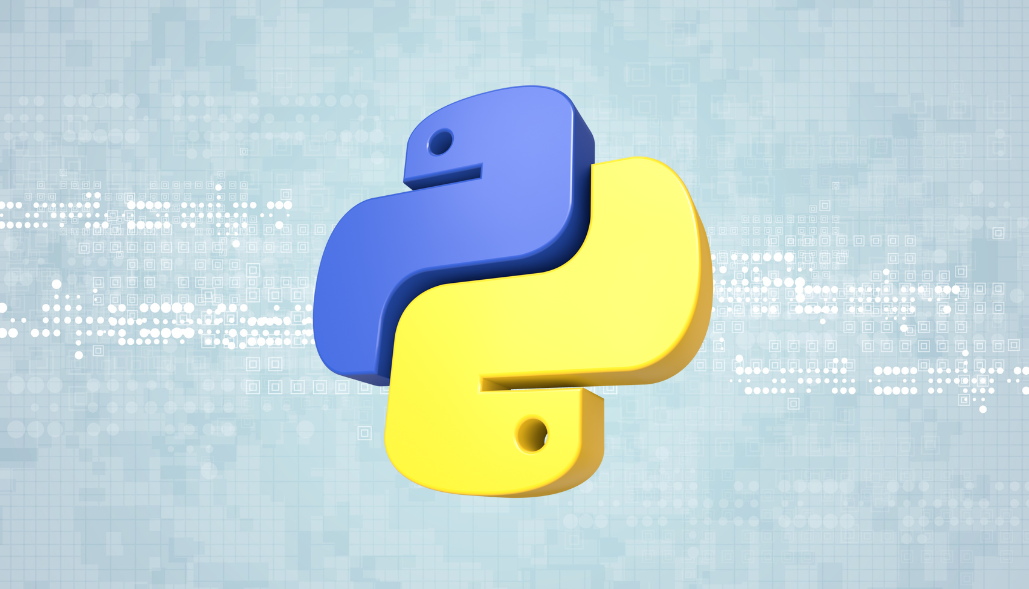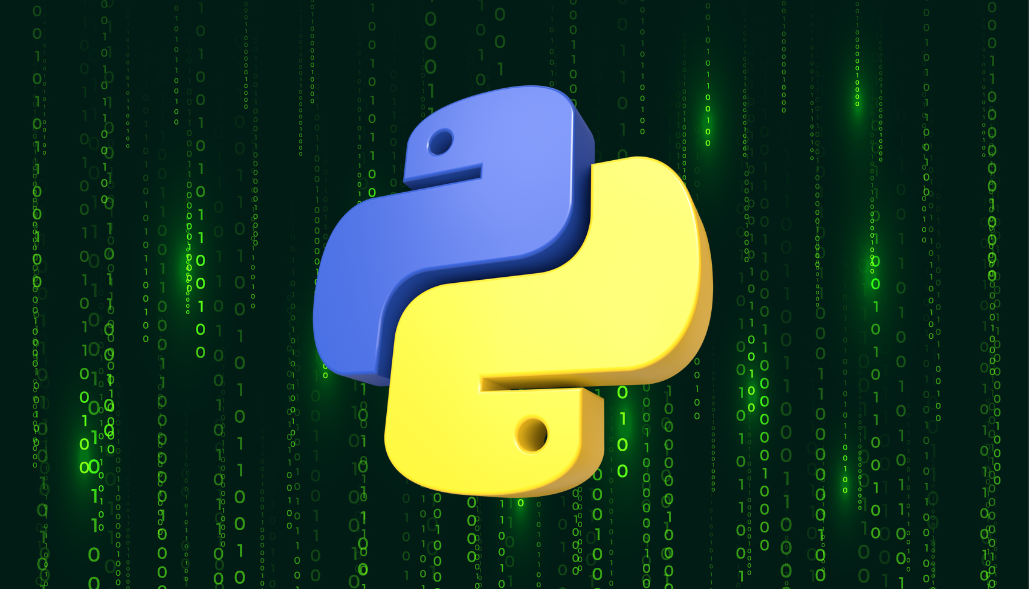When working with intervals in Python, it’s often necessary to determine the overlap between two intervals. Whether you’re dealing with time intervals, genomic regions, or any other discrete ranges, finding the overlap is a common task. In this article, we’ll explore an efficient solution to compute the overlap between two intervals in Python.
Understanding the Problem
Before diving into the solution, let’s clarify what we mean by “overlap” between intervals. Given two intervals represented as [start1, end1] and [start2, end2], the overlap refers to the length of the intersection between these intervals. If there’s no overlap, the result is 0.
Solution Approach
We can leverage simple arithmetic operations and Python’s built-in functions to compute the overlap efficiently. Here’s how it works:
def getOverlap(interval1, interval2): # Calculate the overlap between two intervals overlap = max(0, min(interval1[1], interval2[1]) - max(interval1[0], interval2[0])) return overlap
Explanation
We use min(interval1[1], interval2[1]) to find the smaller endpoint among the upper bounds of the intervals.
Similarly, max(interval1[0], interval2[0]) determines the larger starting point among the lower bounds.
Subtracting the larger starting point from the smaller ending point gives us the overlap length.
The max(0, …) ensures that if there’s no overlap, the result is set to 0.
Example Usage
The usage of our getOverlap function with a couple of examples:
print(getOverlap([10, 25], [20, 38])) # Output: 5 print(getOverlap([10, 15], [20, 38])) # Output: 0
Conclusion
By employing the max and min functions along with simple arithmetic operations, we’ve devised a straightforward yet efficient solution to compute the overlap between two intervals in Python. This approach proves useful in various scenarios where interval manipulation is required, providing a valuable tool for data analysis, algorithm design, and more.
In summary, understanding how to efficiently calculate interval overlaps enhances the versatility and effectiveness of your Python programming toolkit.






